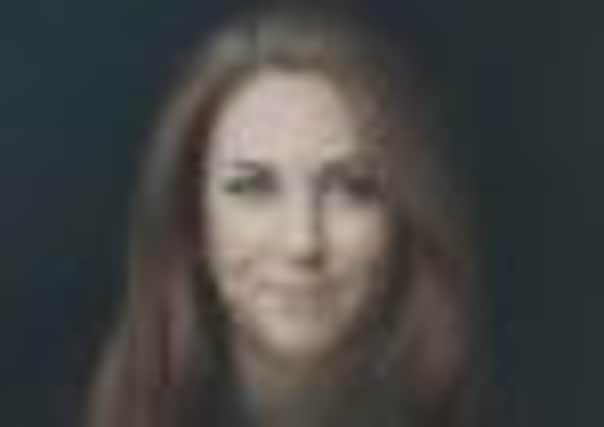Flattery or honesty... the difficulties of the royal portrait


IN 1954, the 80-year-old Winston Churchill sat for a portrait of himself by acclaimed painter Graham Sutherland.
Paid for by MPs and Lords, it would be worth a fortune if it came to auction today, but legend has it the painting was handed to the wartime prime minister’s gardener with instructions for it to be burned on the lawn.
Advertisement
Hide AdAdvertisement
Hide AdSutherland did many preparatory works of the legendary former Prime Minister between August and November of 1954, the most famous of which hangs in the National Portrait Gallery.
In some he wore Robes of the Garter, which may have fanned the fire of grand expectation by Churchill and his wife, Lady Clementine. Instead MPs wanted him to be depicted in the final version wearing his Commons attire.
The process was complicated by his inability to sit in one position without his features drooping, possibly due to a stroke he’d suffered in 1951.
Accepting the finished piece, Churchill described it as “a remarkable example of modern art”. Lady Clementine, however, said she thought it portrayed her husband as a “gross monster”. It’s thought to have disappeared from view pretty soon afterwards, but there’s uncertainty about whether it was actually burned.
Advertisement
Hide AdAdvertisement
Hide AdThe Duchess of Cambridge’s first official portrait by Paul Emsley is unlikely to meet its end on a bonfire or in a potting shed. She is said to be “delighted”, and many experts have commented favourably. It is undoubtedly the first of many dozens of portraits of Kate that will be painted in the decades ahead.
The Queen has been painted around 140 times in the 60 years of her reign – and not always successfully. But it says something about the enigmatic and discreet monarch that she is equally silent about all of them, whether the romantic view captured by Italian artist Pietro Annigoni in 1955, Lucien Freud’s rather lumpier and granny-ish likeness, or the more recent portrait by Rolf Harris.
Monarchs, aristocrats and leaders have been celebrated in portraits since Greek and Roman times, when likenesses were caught in bust or statue form. The fashion for monarchs to have their portrait painted really took hold in the 14th century, and they were often used for propaganda purposes – depicting how the great person saw themselves. They were usually inevitably flattering.
Portrait painting is a difficult business, perhaps especially so when you are working with one whose radiant attractiveness is seen in newspaper and magazine images more frequently than anyone since the late Princess Diana.
Advertisement
Hide AdAdvertisement
Hide Ad“The purpose is to capture the character of the sitter,” says Richard Fitzwilliams of the Royal Society of Portrait Painters. “In the very famous portraits of Henry VIII by Holbein, we can see disturbing aspects of the King – bloated, cruel, egotistical and monstrous. But Henry liked the paintings, seeing the forcefulness and power of his character pleasingly portrayed.
“Queen Elizabeth I had a very active role in how she would be painted – wearing an alabaster mask in some, and in one using a background of the Armada to England’s importance in the world. Van Dyck was known as Charles I’s propagandist. He was a brilliant painter, but the commission was to show the monarch as a noble leader, the embodiment of the Divine Right of Kings.
Mr Fitzwilliams likes the Duchess of Cambridge’s portrait. “I think it’s a thing of beauty...It conveys her strength of character and the smile communicates to the nation beyond.”
Sarah Brown, curator of exhibitions at Leeds City Art Gallery, says the portrait’s strength is in the Duchess’s direct gaze. “There’s nothing coy of shy about it...it seems to communicate things we already know – that she is independent, assured and confident. There’s an honesty about it.” She says the nature of the painting is “...very current, and in keeping with the way Sandy Nairne has brought the National Portrait Gallery (it was their commission) into the 21st century.
Advertisement
Hide AdAdvertisement
Hide Ad“Also, as a former student of art history, the Duchess will have had her own opinions about the painting, so it’s interesting to see a painting of a member of the Royal Family who is not a novice.
“The difficult thing abouyt portraiture is that it’s about the portrait before it’s about the painter, whereas with other genres a work is seen in the context of the artist and their other work.”